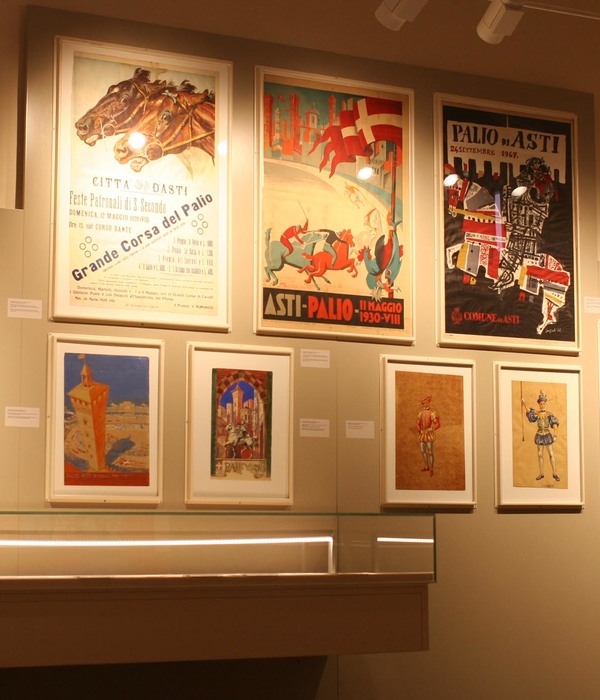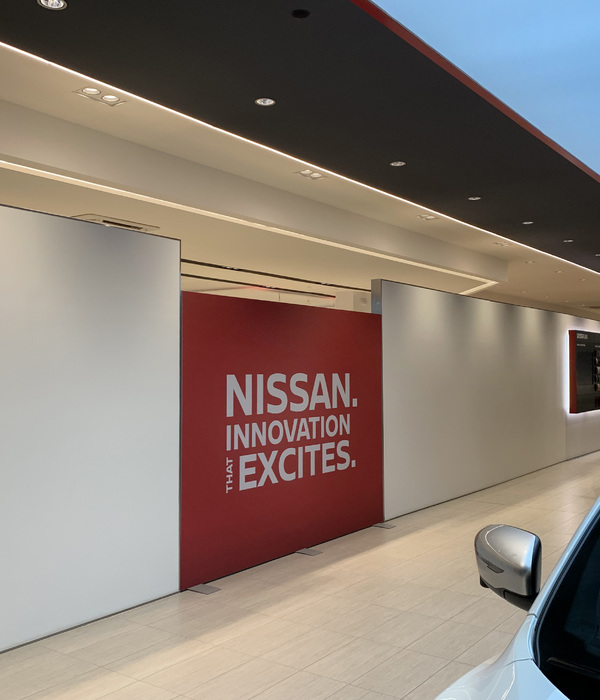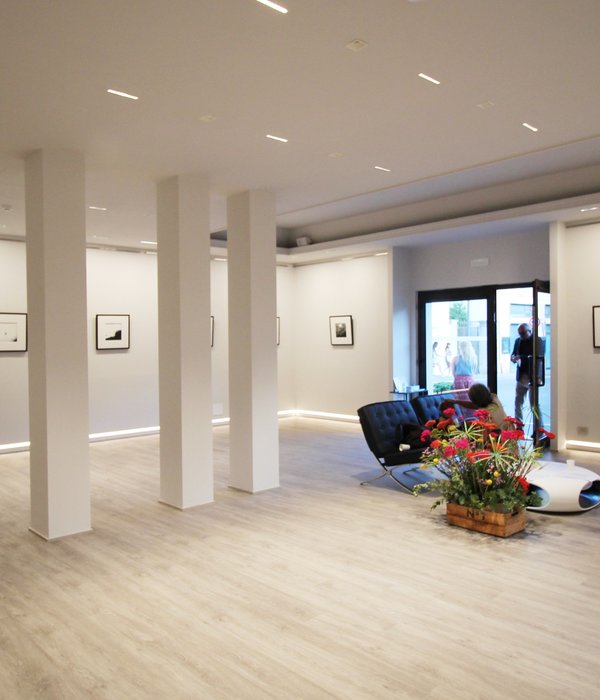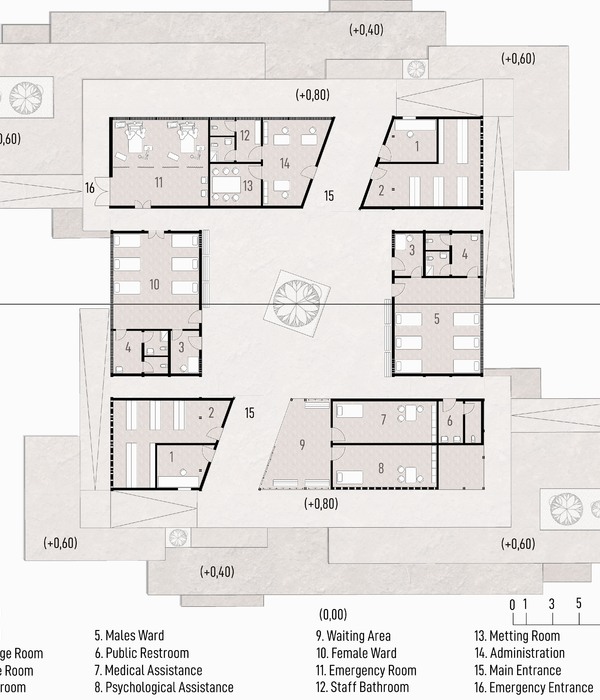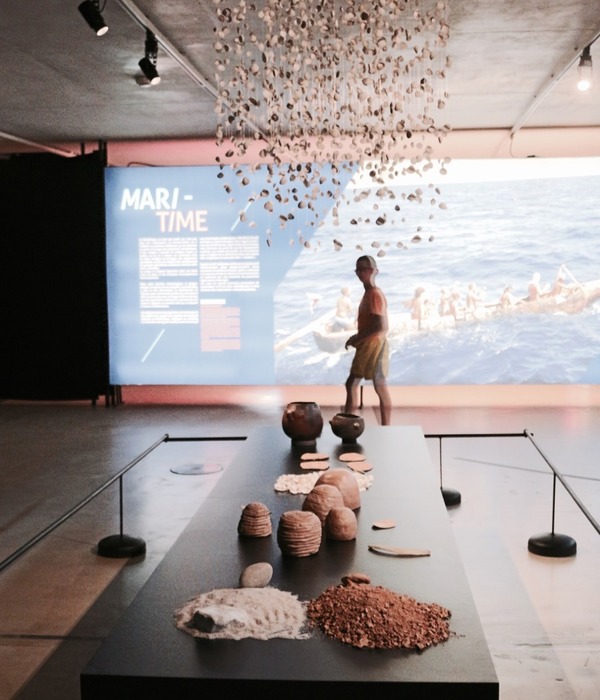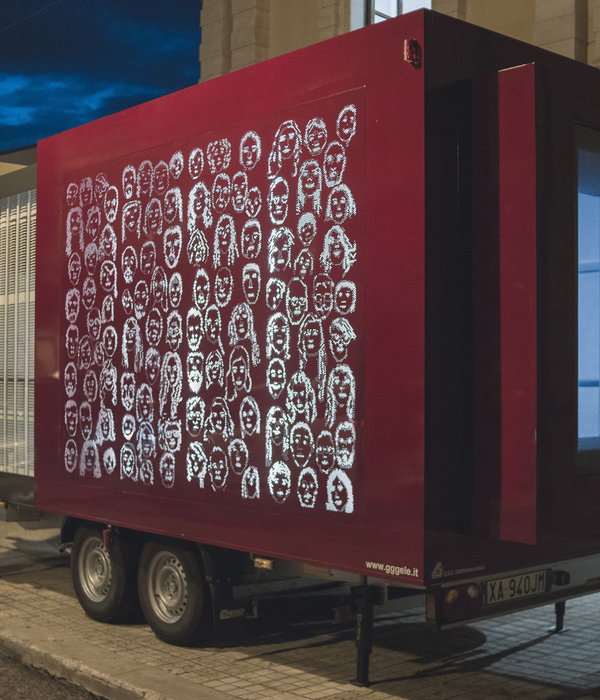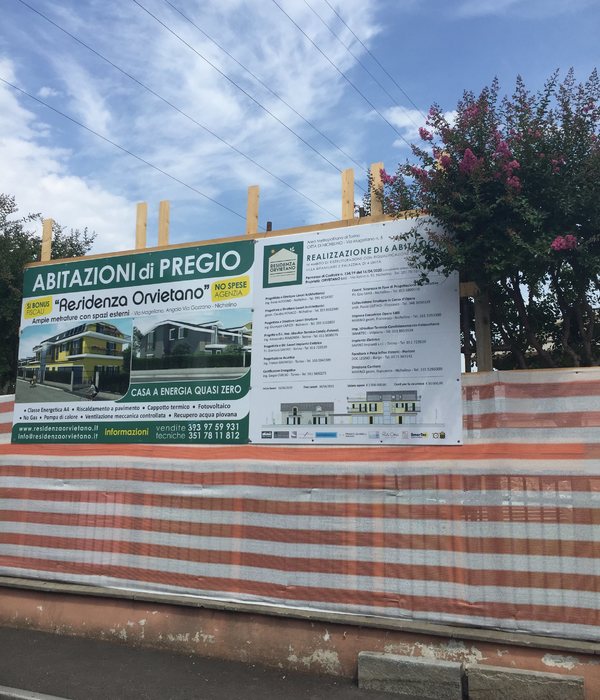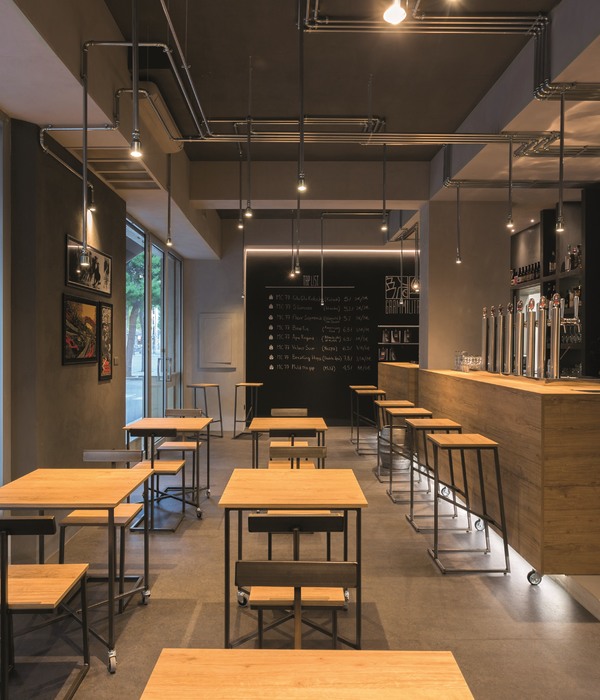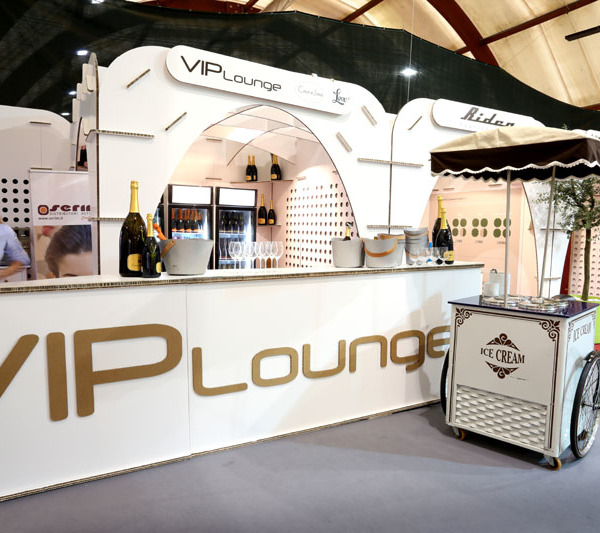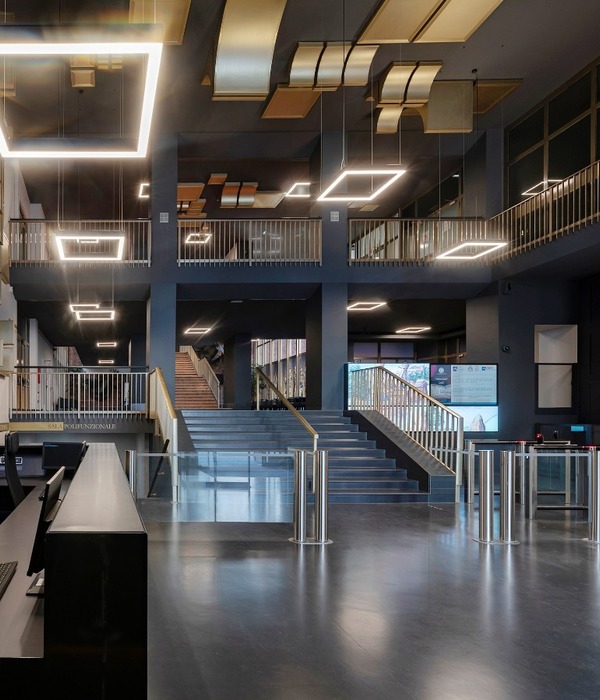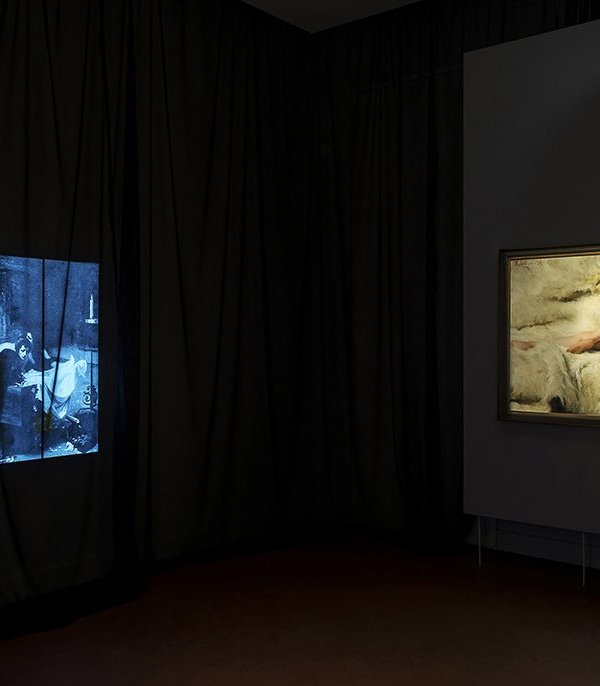Architects:Tchoban Voss Architekten
Area:8000m²
Year:2023
Photographs:Carsten Schneider,Roland Halbe
Lead Architect:Sergei Tchoban
Structural Engineering:Ingenieurbuero Bendel Bradke Lang Bauwesen GmbH
Acoustics:ABH Akustikbuero Hoffmeier
Lighting Design:Lichtvision Design GmbH
Associated Partner:Frederik-Sebastian Scholz
Project Management:Frederik-Sebastian Scholz, Nancy Wendland
Project Team:Lev Chestakov, Eimear O'Gorman, Valeria Kashirina, Birgit Koeder, Anja Koch, Charlotte Lennertz, Ingo Schwarzweller, Ramona Schwarzweller, Waldemar Strese, Niina Trunova
Shell Construction:Koegel Bau GmbH & Co. KG, Bad Oeyenhausen; Bauunternehmen Mueller GmbH, Schwielowsee
Planning Of School / Day Care Centre Equipment, Work Stage 2:Architekturbuero Heidrun Klein
Planning Of Equipment For School / Day Care Centre, Work Stages 3 8:Design Alchemists
Planning Of Equipment For Specialist Rooms At School, Work Stage 5:Kreische Boehme Beyer GbR
Clinker Façade:Keramik für Bau und Denkmalspflege GmbH, Großraeschen; Jahnsen Bau GmbH, Herford
Carpentry Work:Weisse GmbH & Co. KG
Wood Cladding For Sports Hall:Vereinigte Holzbaubetriebe Wilhelm Pfalzer & Hans Vogt GmbH & Co. KG, Woringen
Planning Cafeteria/Library:KA+ GmbH, studio kejo GbR
Design Of ‘Trees Of Life:Anna Nezhnaya
Graffiti Art:TOBO aka Tobias Friesike
Building Equipment:Ingenieurbüro für Haustechnik KEM GmbH
Fire Protection:Roessel Brandschutz
City:Berlin
Country:Germany
Text description provided by the architects. Adjacent to the site of the Chabad Lubavitch Family and Cultural Centre in Berlin's Charlottenburg- Wilmersdorf district, the community center Pears Jewish Campus Berlin is a facility for children and young people consisting of a school, a crèche, and a kindergarten.
Surrounded by heterogeneous architecture, the new school building with its organically curved form is a free-standing structure embedded in a green school garden with diverse open spaces for different uses, such as playgrounds and sports fields. The two-story multi-purpose hall on the third floor can be used flexibly for sports activities but also for cultural events, such as religious celebrations, or for seminars and conferences. On the fifth floor, there is an auditorium with ascending tiers for film screenings or lectures. The building also has a dining room and a kosher kitchen. The rooms of the basement on the concave side of the building have access to the outside area. Here green cascades with steps lead up to normal ground level.
The building’s amorphous curved shape was chosen in reference to the interior of the Chabad-Lubavitch Centre, where the contemporary additions to the rectangular, Neoclassical existing building were deliberately executed in the same organic formal language with rhythmic horizontal banding that appears in the structural form and façade of the new building. The vertical slits of light within the horizontal bands on the school's façade are also a motif found in the interior paneling of the neighboring synagogue.
Constructed in masonry and concrete, the building immediately catches the eye with its colorfulness and materiality. This is where its name, “The Blue House’, comes from. In terms of form and style, the design of the school building again refers to the neighboring family and cultural center: there is a color connection between the iridescent, sky-blue / midnight-blue-violet glazed, rear-ventilated clinker-brick façade of the new school building and the blue-white glazed entrance portal of the Jewish cultural center in the front part of the site. The color blue has had a special significance throughout the history of Judaism right up to the present day: reminiscent of the blue of the sky, this shade is the color of divine revelation.
The roof slab is a slope-free inverted roof with a two-layer waterproofing in accordance with the flat roof directive. The roof surface will be extensively greened.
The school’s main entrance is accessible from street level. Its walls are adorned with two kabbalistic trees of life – light installations by the Berlin artist Anna Nezhnaya. The two brightly colored trees that greet people at the entrance to the campus are more poetically picturesque than schematic. An oak and an olive tree, symbolize the two countries - Germany and Israel.
The two-story entrance hall has a mirrored ceiling as a special design element. From the adjacent staircase, all floors are wheelchair-accessible via at least one lift.
The facility is intended for use by 450 children and adolescents, ranging from children of crèche or kindergarten age up to grade 12, i.e. between the ages of approximately one and 18. The school rooms (classrooms, subject classrooms, assembly rooms, workshops) are used exclusively by the school; the group rooms, are exclusively by the daycare center.
The concrete wall on the street side shows graffiti by the Berlin street artist TOBO, aka Tobias Friesike.
Project gallery
Project location
Address:Westfälische Str. 15, 10709 Berlin, Germany
{{item.text_origin}}

